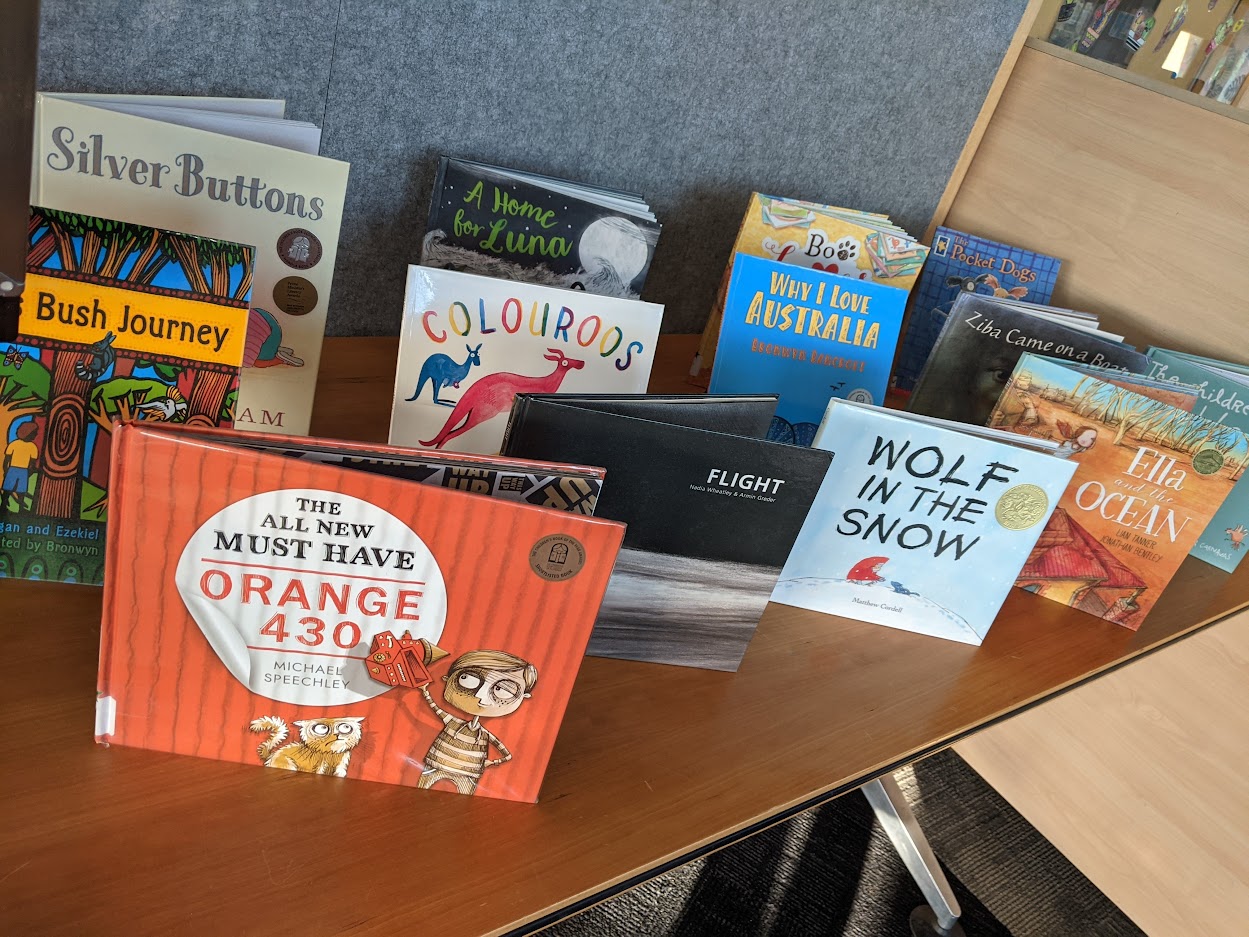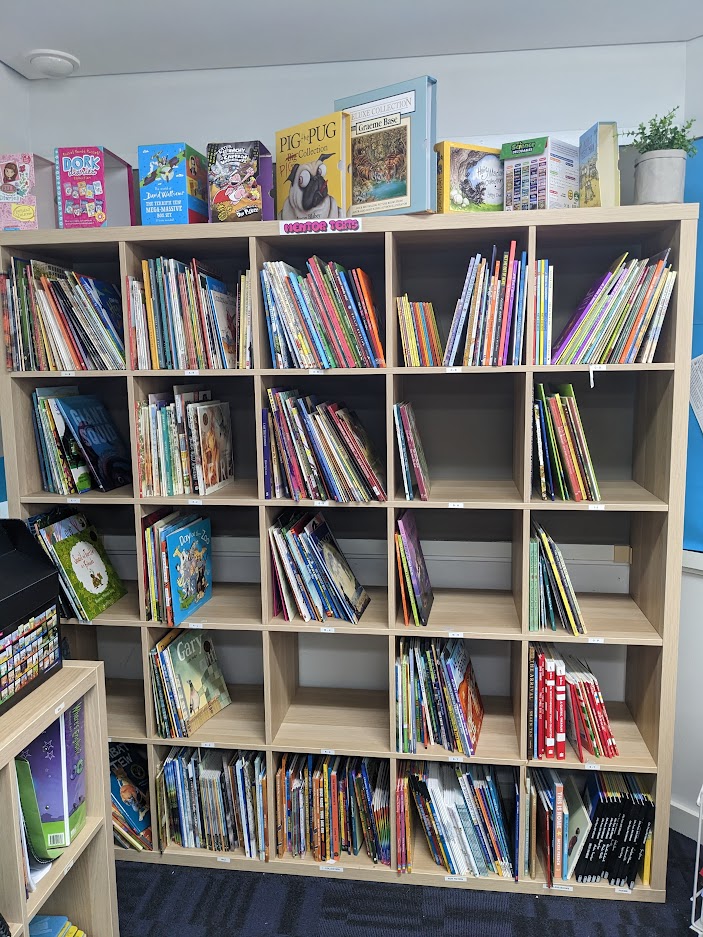
5 Quick Tips For Using Mentor Texts
Jun 11, 2023A ‘mentor text’ is the name given to any piece of text that can be held up as a strong example of effective writing. Mentor texts essentially help students to understand ‘what a good one looks like’ when they’re learning about a new aspect of writing.
For example, when learning about the ‘show, don’t tell’ strategy, it’s helpful for students to see an example of what this strategy looks like in practice. Showing a picture story book and highlighting the author’s use of ‘show, don’t tell’ builds your students’ understanding of the strategy and provides them with a clear model for what effective use of it can look like. (See my earlier post on the ‘show, don’t tell’ strategy for specific mentor text examples)
In today’s post I’m sharing 5 tips to help you maximize the use of mentor texts in your writing classroom.
Tip #1: Mentor texts don’t have to be published books
I love using published picture story books as mentor texts, mainly because we have so many quality Australian writers producing brilliant texts, but these are not the only texts you can use as mentor texts.
In fact, you can use ANY piece of writing- published or unpublished - as a mentor text.
As an example, when teaching persuasive writing, I’ve used real world pamphlets, newspaper articles, letters to the editor and even a flyer that was dropped into my letterbox protesting the removal of parklands to create more netballs courts.
Holding student writing up as a mentor text is also highly beneficial. It can act as a positive source of feedback for the writer as well as provide an ‘at level’ example for the rest of the students.
Finally, I will always maintain that for numerous reasons, the best mentor text you can use is the one you write yourself! (Note: By ‘yourself’, I don’t mean ChatGPT).
Tip #2: You don’t have to read the whole text
Sometimes teachers ask me how they can shorten their explicit teaching sessions when using mentor texts. The answer is simple: rather than reading the whole mentor text every time, read only the part(s) of the text that demonstrate the specific strategy / teaching point you’re trying to get across.
If you’re teaching students how complex sentences can be used to vary sentence lengths, then read out the parts of the text that demonstrate this skill. Don’t overwhelm your students by reading the whole text and then expecting them to remember the part with the complex sentence.
Tip #3: Where possible, mentor texts for writing should be known texts
I hear of some schools squirreling their mentor texts away so students can’t borrow or read them. Although there may be some benefits for this approach in the reading classroom (e.g. predicting is best done with an unseen text), for maximum impact in the writing classroom the mentor texts used should be known texts.
You want students to know the texts inside out (where possible) so they can keep coming back to them and looking for more craft moves.

A great example of mentor texts set up in a classroom, so the children become familiar with them.
Tip #4: Mentor texts help teach your students (and you) to read like a writer
Part of the reason mentor texts need to be known texts in the writing classroom is to enable students to read them as writers, rather than as readers.
Consider this: when reading a picture story book for the first time, your brain is usually focused on the plot line. You’re trying to predict what will happen next, think about any connections you make and generally try to piece the story together as you read.
You’re reading like a reader.
When you want to use a text as a mentor for writing, however, you need to read the text as a writer. You need to have experienced the text at least once as a reader first, before you can start focusing in on elements of the writer’s craft.
Reading the text as a writer means looking beyond the storyline to ask questions such as
- What strategies did the writer use?
- How did they keep me engaged?
- What techniques can you borrow from them?
These questions generally can’t be answered effectively on the first read of a text. This is why, ideally, mentor texts for writing should be known texts.

Mulgrave Primary School have a set of all my mentor text recommendations in their teacher resource room.
Tip #5: Mentor texts can teach more than just structure
Reading as a writer is not an innate skill. It needs to be taught. You need to teach your students to see things in writing that they may not otherwise have seen.
In order to do this, you yourself need to be able to read as a writer by analysing and labelling specific craft moves the author has used.
The 6+1 Writing Traits was a game changer for me in this area. After learning about the traits framework, I was finally able to identify and label specific craft moves and writing strategies different authors had used. I could provide specific reasons for why one text was more effective than another and I could apply this knowledge to student writing as well.
I now use this exact framework to help build teacher knowledge on using the same framework. (You can check out my Writing Traits Masterclass here).
One BIG surprise for me when it came to reading like a writer was the discovery that- contrary to what we were teaching in schools- it takes much more than perfect structure to create effective writing. In fact, structure is only a very small piece of the pie when it comes to crafting engaging and effective writing in any genre.
When you learn to look beyond this narrow idea of what it takes to write well, you can teach your students to broaden their understanding too. (Again, check out my Writing Traits Masterclass to learn how to do this).
Final words
Mentor texts are a fabulous tool in the writing classroom. They’re a cost-effective way of providing ongoing mentoring to your apprentice writers and a way to constantly build your own knowledge about good writing as well.
Caution: Like all tools though, mentor texts are only as effective as the explicit teaching that accompanies them. Keep building your knowledge on effective writing techniques and your knowledge on useful mentor texts and your students will benefit greatly.
P.S. I have a list of mentor texts that I recommend for teaching writing in the primary classroom (including suggestions on which writing traits they’re useful for). You can download my list here.
Related Blog Posts
- What Are Mentor Texts?
- What Is ‘Show, Don’t Tell’ In Writing
- 3 Common Misconceptions About the 6+1 Traits Of Writing
Sign up to our mailing list
Join our mailing list to receive the latest news, updates and resources from Oz Lit Teacher.
We'll even give you a copy of our mentor text list to say thanks for signing up.



